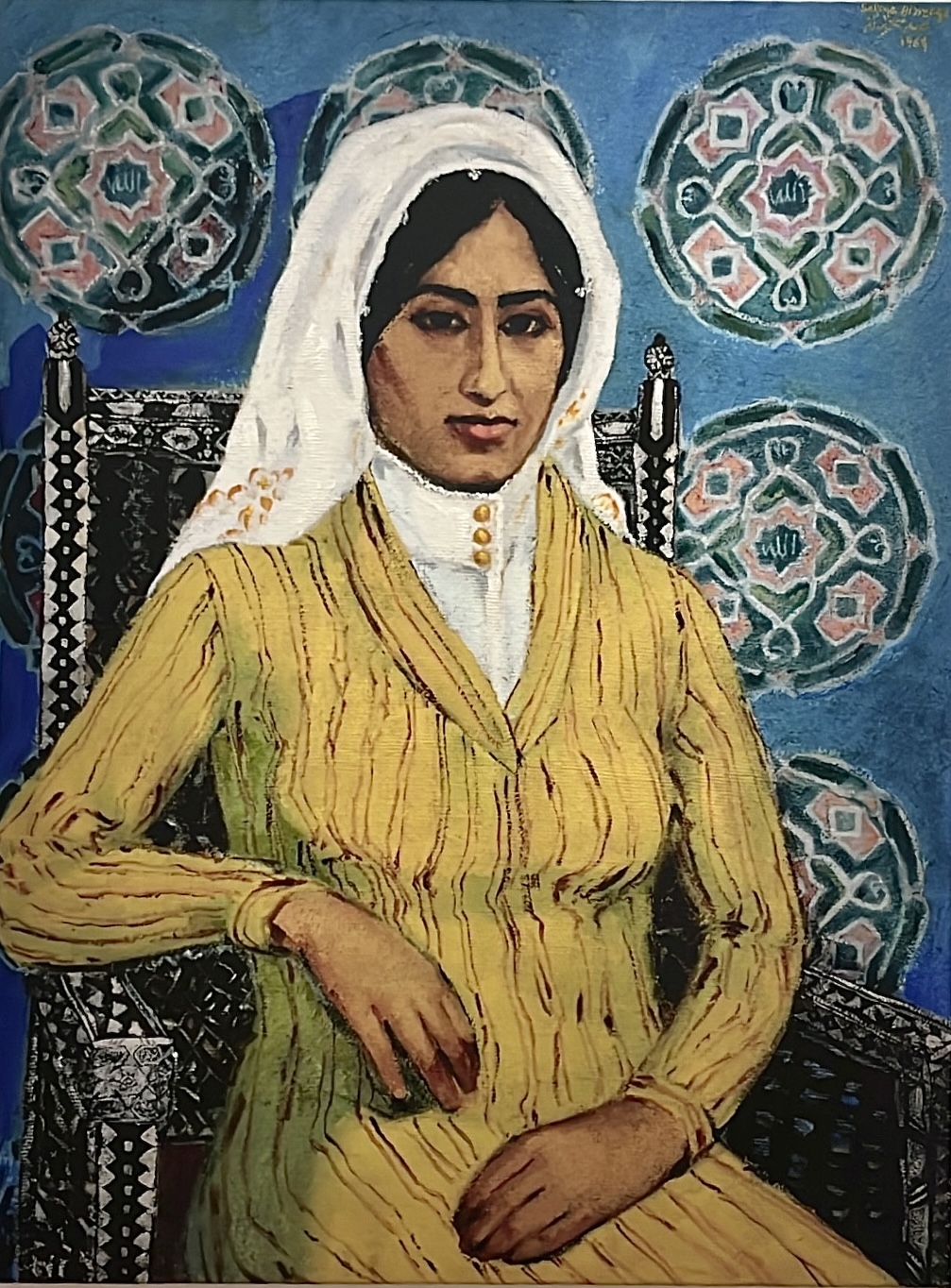“Alabama’s gotten me so upset / Tennessee made me lose my rest / And everybody knows about Mississippi Goddam,” sings Nina Simone in a 1964 protest anthem reacting to two events in the year prior: the assassination of Civil Rights activist Medgar Evers in Mississippi and the 16th Street Baptist Church bombing in Birmingham, Alabama, that robbed four young Black girls of their lives. If the High Priestess of Soul were among us today, she would also know the names Tamir Rice, Eric Garner, Breonna Taylor, Daunte Wright, George Floyd, and of many more killed by cops and white supremacists across this country.
In Dread Scott’s Goddam at Cristin Tierney Gallery in Manhattan, four of Simone’s most recognizable protest songs, including “Mississippi Goddamn,” materialize into works of visual art. The three others, also matched with namesake canvases, are “Four Women” (1966), “I Wish I Knew How It Would Feel to Be Free” (1967), and “Pirate Jenny” (1964).
For the first piece, Scott scrawls his own “Goddams” next to floating maps of Florida, Texas, Minnesota, and Georgia — states with high rates of hate crimes against Black Americans and LGBTQ+ people. An image of the US Capitol hovers at the center of the canvas against a silver background.

In “Pirate Jenny,” Scott renders the song’s protagonist, a hotel maid who exacts revenge on her male abusers, into a smiling, modern-day barista, who appears next to scenes of police violence against Black Lives Matter protesters. “Four Women” also features contemporary Black women, and it’s left for the viewer to guess which of them represents Aunt Sarah, Saffronia, “Sweet Thing,” and “Peaches” from Simone’s song.
Most impressive is Scott’s entrancing “I Wish I Knew How It Would Feel to Be Free,” which rises to the height of seven feet. A charcoal body print of Scott — evoking artist David Hammons’s use of the technique — is winged and haloed by a shimmering gold-leaf disc. It’s a transfiguration that echoes Simone’s lyrics about wishing to fly free as a bird. A mixture of feathers and tar at the bottom of the canvas brings to mind the brutal tarring-and-feathering torture method that originated in Europe during the Middle Ages, and was also used against Black people in the United States. This particular work requires longer looking, and it possesses the ability to take the viewer out of time and place.
Goddam is a song of a show lamenting ceaseless, systemic oppression in four verses. And it’s most certainly worth seeing. The question is: How long must we sing this song?



Dread Scott: Goddam continues at Cristin Tierney Gallery (219 Bowery, Floor 2, Lower East Side, Manhattan) through June 24. The exhibition was organized by the gallery.



